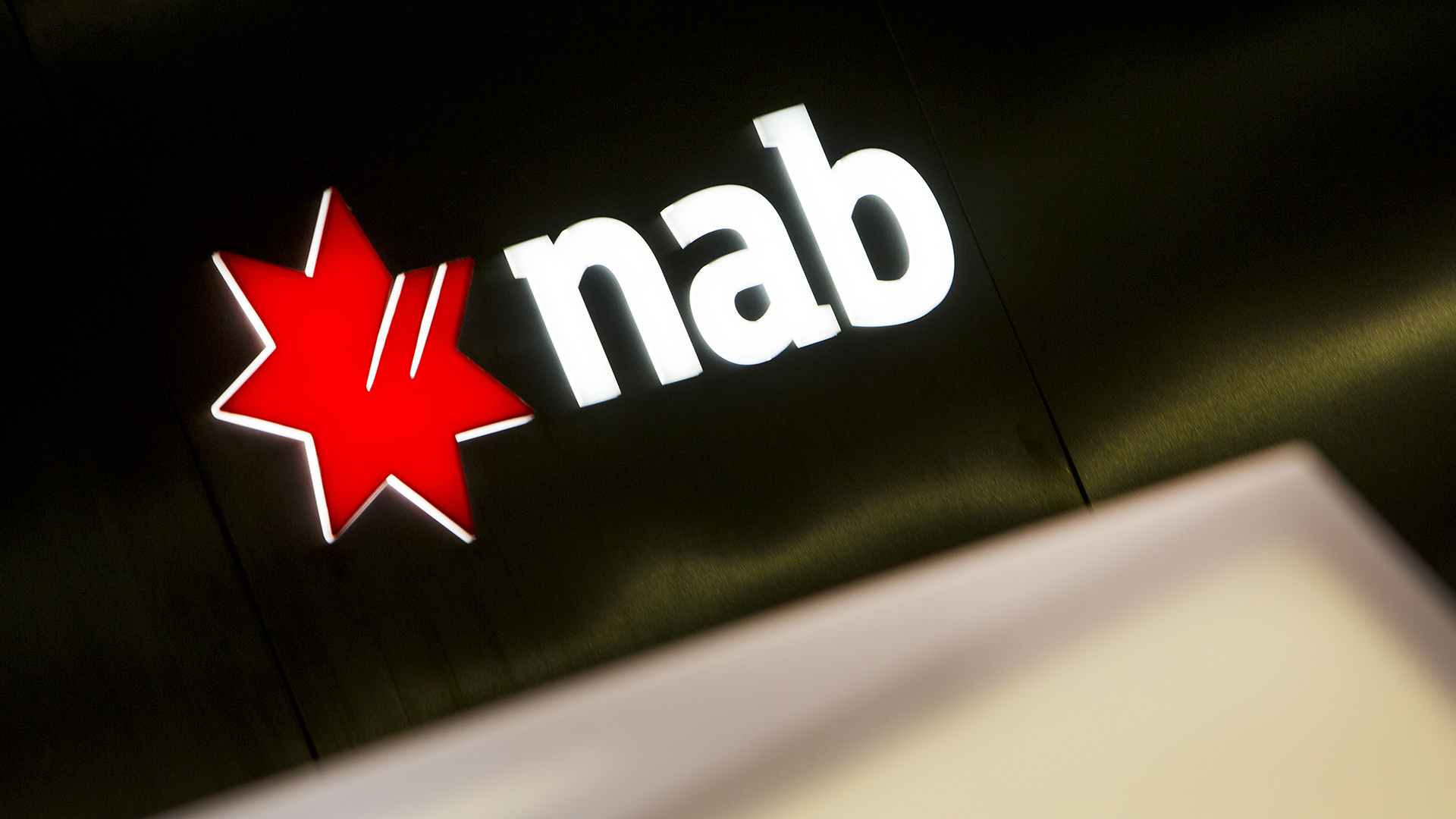Opening Statement: PC hearing on competition
Below is the NAB Opening statement at the Productivity Commission hearing on competition in the Australian financial system, delivered by NAB Chief Operating Officer Antony Cahill.
+++
Good afternoon and thank you Chairman and members of the Commission for having us here today.
Today, I am joined by Shaun Dooley, NAB’s Group Treasurer. We welcome this opportunity to speak with the Commission on the competitiveness of the financial system in Australia and assisting with this important inquiry.
I have worked within the financial services industry for 20 years and believe Australians have access to world-class financial products and services designed to meet their needs and circumstances, within a competitive market environment.
We note you define competition as being where customers benefit from high quality products at low prices. While we agree with this point, we also believe the market must have the characteristics of being both secure and sustainable, in addition to being capable of functioning efficiently throughout the entire credit cycle.
Stability and competition are not mutually exclusive.
A competitive, resilient and well regulated financial industry is critical to Australia’s ongoing economic stability and the growth of the broader economy.
We believe Australia’s financial system is both efficient and well regulated and, in the vast majority of cases, delivers positive outcomes for both consumers and businesses.
In 2018, the level of competition in the market is truly intense. In addition to established competition from the 148 ADIs and other non-ADI lenders in the market, we are now seeing the emergence and rapid growth of new competitors such as fintechs and tech giants.
Last year KPMG reported Australia had seen a more than five-fold increase in the number of fintech companies, from less than 100 in 2014, to 579 companies at the end of 2017.
While we do look for opportunities to work with start-ups, fintechs and emerging technologies where there are opportunities to create new experiences for customers, we are acutely aware the majority of these new players will likely act as direct competitors.
We are also seeing the global tech giants, such as Apple and Facebook, continuing to move into financial services, particularly within the payments environment through services such as Apple Cash and Facebook Messenger.
These tech giants are truly global businesses; they are many times larger than any Australian bank and have multi-billion dollar budgets which dwarf the investment capacity of any Australian company.
Customers are the net beneficiaries of this situation.
Overall borrowing rates are now approaching the lowest levels on record; many fees and charges have been reduced or removed while services such as digital payments and mobile banking are widely considered to be amongst the best in the world.
Most importantly, this is delivering higher levels of customer satisfaction with industry satisfaction moving from 58% in 2001 to 80% today.
Competition is clearly reflected by key performance indicators such, our net interest margin – which has halved over past two decades – and ROE which has dropped by 740 basis points or 40% over the past 15 years.
While margins are under pressure, it’s important to note that price is not the only factor customers take into account when selecting a product or service.
We work hard to understand what our customers want and our research consistently tells us that customer advocacy is driven by multiple factors, with customers often valuing the overall experience and outstanding service more than price.
It’s for these changing market conditions that we know we must respond.
We are doubling our investment in our innovation hub, NAB Labs, and in 2018 we will invest more than $200m in our Customer Journeys program as we completely re-engineer key customer experiences.
It’s also why we place a key focus on improving the Net Promoter Score in our priority segments.
We already have the number one score of the four majors in our priority segments, however we recognise it won’t be sufficient to win in the long term and we have set goals that will place us amongst the best in the world.
We have also recently announced a multi-year transformation program to improve customer experience and increase agility while removing more than $1bn of annual operating costs, in part to respond to the growing pressure generated from strong competition.
This competitive dynamic has been created within an environment that has also delivered long-term stability.
It is widely acknowledged Australia’s regulatory framework for financial services was the envy of the world during the turmoil of the global financial crisis and today we continue to be viewed as a well regulated and stable industry.
As a nation, Australia is a net borrower of funds and our stability plays an important role in enabling us to borrow money at competitive rates in offshore money centres to on-lend to customers to buy a home or grow a business.
I firmly believe this situation needs to continue; and any changes designed to increase competition must take into account their overall impact on stability as we need the system to deliver for costumers through all stages of the economic cycle.
From a global perspective this stability has not stifled competition or innovation.
On key metrics relevant to competition across the globe, such as ROE and NIM, the Australian financial system is not an outlier.
For example, the ROE of Australian banks’ is comparable to Canada, where the banking system is similar in structure and also avoided significant losses in the GFC and broadly comparable with banks in Sweden and Denmark.
In 2017, the RBA observed that Australia’s major bank NIM is in the range of large banks in other countries and close to that of Canada.
Since 2008, there has been more than 50 government or regulatory policy inquiries or reviews, 12 of which are ongoing.
One of the key inquiries, the Financial System Inquiry or FSI, made the point that “Competition in the financial system is generally adequate at present,” but we note it called for this to be monitored over time.
Following the publication of the FSI, numerous industry changes have been introduced that are designed to improve customer outcomes, such as: a new code of banking practice (Khoury); changes to remuneration following Sedgewick; the upcoming establishment of the Australian Financial Complaints Authority; and reforms to credit cards. A number of significant changes are still to be implemented; these include the introduction of Comprehensive Credit Reporting (CCR) and the Open Banking regime.
At NAB, we have taken a leadership position on CCR and its introduction since 2015.
On Monday 19 February this year, we became the first major bank – ahead of legislative mandate – to participate in CCR for personal loans, credit cards, and overdrafts and we look forward to this being rolled out more broadly.
We do believe it is good for competition, and will mean better outcomes for customers.
Building on the work of this commission’s inquiry, Open Banking will also introduce new opportunities for customers, giving them control of their data and improving the way data can be shared.
Introducing an Open Banking regime will place Australia at the cutting edge of competition regulation alongside the European Union which is in the process of introducing a regime known as PSD2.
Last month also saw the launch of the New Payments Platform (NPP) in Australia.
NAB is one of 13 institutions working together to develop the NPP at a significant cost to the industry, to make payments faster, easier and more convenient for customers.
Importantly, the NPP also enables customers to set up a PayID an identity such as a mobile phone number or email address which will make it far easier for customers when they seek to change financial institutions.
From an innovation perspective Australia is viewed as a leading market in terms of innovation.
As it stands today, Australia has one of the highest penetration rates for contactless payments, and the uptake of mobile banking is also equally high.
In 2017, as Australia’s largest business bank we saw an opportunity to create an unsecured lending product for small businesses for up to $100k with a fully digital application process. This allows small businesses to apply online through a quick process and have approval in minutes and cash in accounts within 24 hours.
We also partnered with realestate.com.au to provide a seamless search and finance experience for homebuyers, and we are working closely with Xero to provide market leading experiences for Australia’s small business customers.
These three examples represent real innovation and have delivered world-class experiences to our customers.
So in conclusion, given the breadth and scope of this review, and the limited time we have available today, there are three key areas we feel best placed to provide further context on, in line with some of the observations I’ve made today, namely:
- The competitive landscape and market dynamics.
- Ensuring a balance between stability and competition, and;
- The extent to which customers can exert competitive pressure.
We feel these topics are the are cornerstones of the competition landscape.
In closing, we support the work the Commission is undertaking to ensure our system remains a highly competitive one.
We hope our comments today, and our written submission which will follow, help to inform your views and understanding of the competitive financial services landscape in Australia.
We welcome your questions. Thank you.


